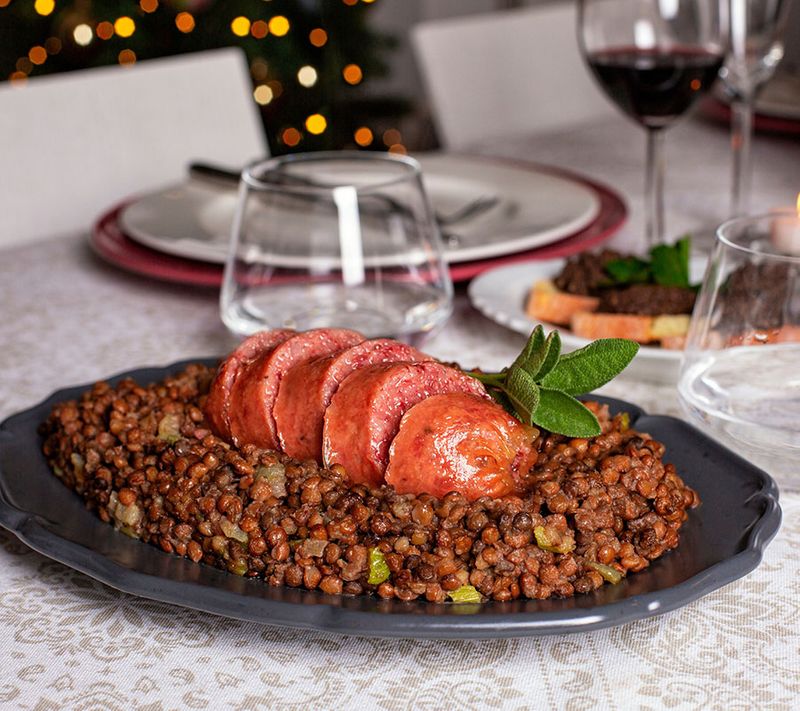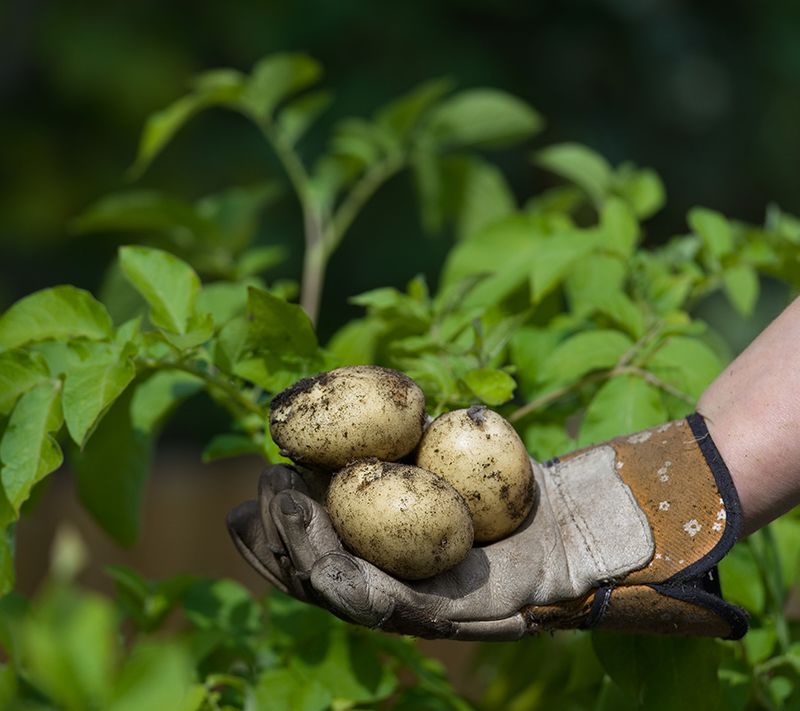Ever wondered what people around the world do to usher in the New Year and if they have any quirky traditions that you’d never believe was actually a thing. In fact, they do. From Colombia to Japan, people ring in the New Year in the most curious of ways. And most interestingly, these traditions have a lot to do with food. Zee Zest takes a look at a few of the NYE traditions from different parts of the world.
1. Japan

Soba noodles – that’s what the Japanese eat right before the clock strikes midnight. Incidentally, the Toshikoshi soba, which means ‘year-crossing’ signifies moving from one year to the new one. It also symbolises letting go of the older year’s failures and regrets, which happens when they bite into the noodle.
2. Italy

Italy’s NYE tradition, lo and behold has a lot to do with food. They eat lentils specifically because according to them, the coin-like shape signifies luck and prosperity. They also add a spicy pork sausage or a trotter (deboned) that symbolises abundance and fertility of land.
3. Denmark

The Danish toss old plates and glasses against doors to welcome the New Year. And they do it for their friends and family too, in order to ward off bad spirits. Guess what else they do? They climb onto chairs and leap off them together, at the stroke of midnight, to jump into the new year with good luck.
4. Ireland
When it comes to banging stuff on doors and walls, the Irish do it with bread against the walls of their homes. The idea is the same as the Danes, to get rid of bad luck and to make sure that the New Year has enough food for everyone.
5. Spain
In Spain, the last 12 seconds before midnight are crucial. The Spanish eat 12 grapes within that time to bring good luck. And yes, they gobble it down to make sure that it’s all done by 12 am.
6. Colombia

Potatoes play an important role on New Year's Eve in Colombia. Colombians take three potatoes – peeled, unpeeled and half peeled – and leave it under the beds. At midnight, they have to, without looking, pull a potato out. Now each potato signifies how their new year is going to be. The whole potato indicates prosperity, the half-peeled one typically symbolises uncertainty and the entirely peeled potato means they will have to battle financial issues.
7. The Philippines
In the Philippines, it’s tradition to serve a dozen round fruits which also stand for coins, thus signifying prosperity and wealth for each of the months of the year.
8. Brazil
The Brazilians often eat seven grains of pomegranate symbolising wealth and seven grapes to signify general prosperity. Sometimes, they also jump over seven waves to make their wishes come true.
9. Finland
The Finnish cast molten tin into a container filled with water and then try to predict the new year by ‘figuring out’ the shape of the tin once it solidifies. Anything that looks like a heart or a ring signifies a wedding and if it looks like a pig, it means there will be ample food for everyone.
10. Greece

In Greece, they like to dangle an onion on the front door to symbolise a new year. And this one’s cool; on the morning of the New Year, children are woken up by being tapped on the head with an onion.





